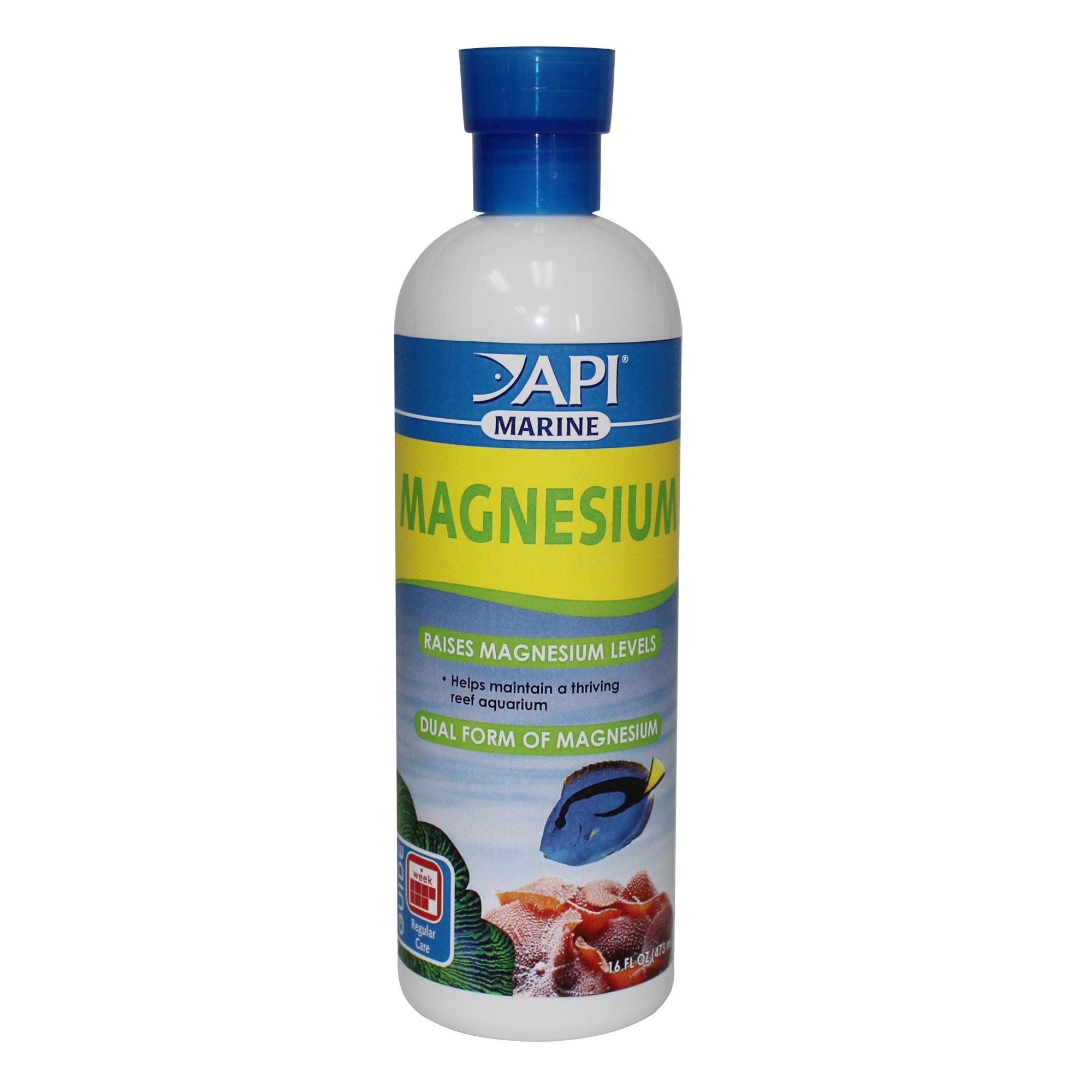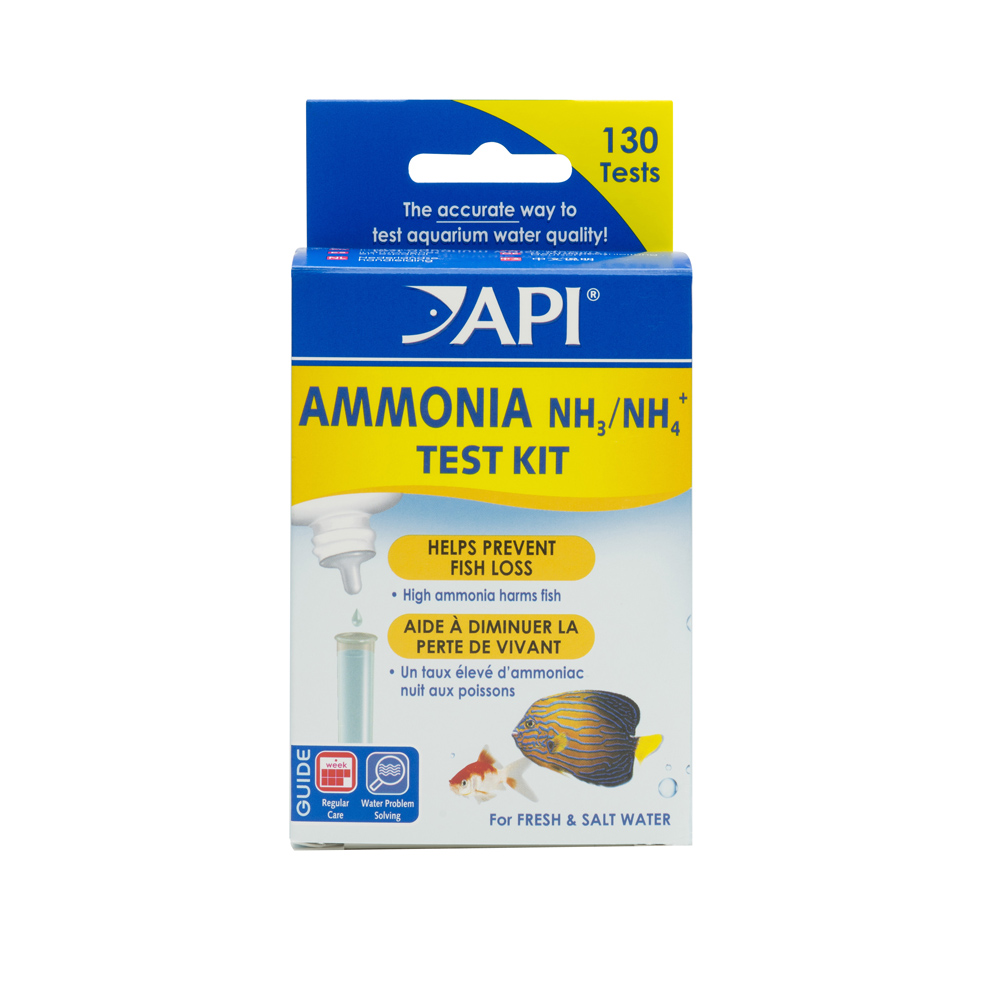
CALCIUM TEST KIT
Calcium is one of the most important elements in a reef aquarium. Reef invertebrates, such as corals, crustaceans, mollusks, and even some type of encrusting algae, need calcium to grow and remain healthy. Over time, the calcium level drops as it is used by invertebrates, or as it reacts with excess phosphate. The API CALCIUM TEST KIT measures calcium levels as low as 20 mg/L to help you keep your reef inhabitants healthy.
Sizes
Contains 2 test bottles, easy-to-ready instructions, and test tube
See attached instruction manual
- Do I need to test calcium parameters in a freshwater aquarium?
No, calcium levels need to be monitored and maintained in reef or marine aquariums, as improper levels can be harmful to corals and crustaceans.
- How often should I test my calcium levels?
For best results, test calcium levels with API CALCIUM TEST KIT in your saltwater tank weekly.
- How do I care for and clean my test tubes?
Once the test has completed, it is important to rinse the test tube with water right away so that the contents don’t stay in the test tube. This will make sure that the reagents don’t cause anything to stick to the sides of the test tube, which could cause staining over time.
Simply run the water, open the test tube gently (do not twist the cap), and allow the water to dilute and rinse the contents out of the test tube. Avoid getting the contents of the test tube on your skin.
If you find that you have forgotten reagent within your test tube for a long period and the color is sticking to the tube, you are able to use a small bottle brush (and some API Safe & Easy cleaning spray) to gently wash the inside of the tube. Avoid the use of soap, as soap residue could be introduced back into the aquarium when filling the test tube at next use, which is something that could be harmful to your fish.
Replacement test tubes are also available for purchase from online retailers, should you need additional test tubes.
- How hard do I shake the test tube when performing the tests?
While it is important to shake the indicated reagent bottles very vigorously, you should be gentler when shaking the test tubes during testing. Before shaking, make sure that the cap is closed tight. Place a finger or thumb on top of the cap, to make sure it cannot come undone during use. The goal of this shaking step is to mix the contents of the tube together and this can be accomplished by simply inverting the test tube, back and forth every 1-2 seconds, for the indicated amount of time.
Recommended Products


AMMONIA TEST KIT

VACATION PYRAMID FISH FEEDER

